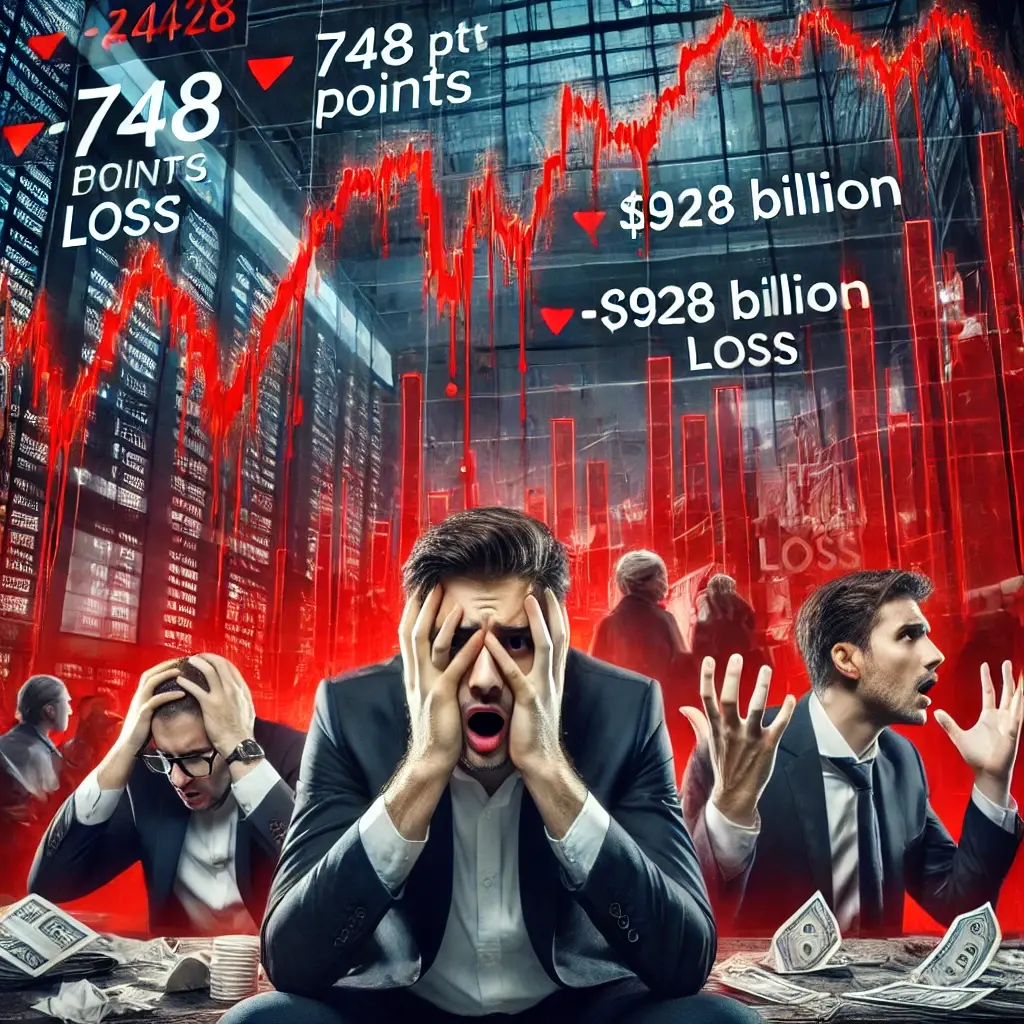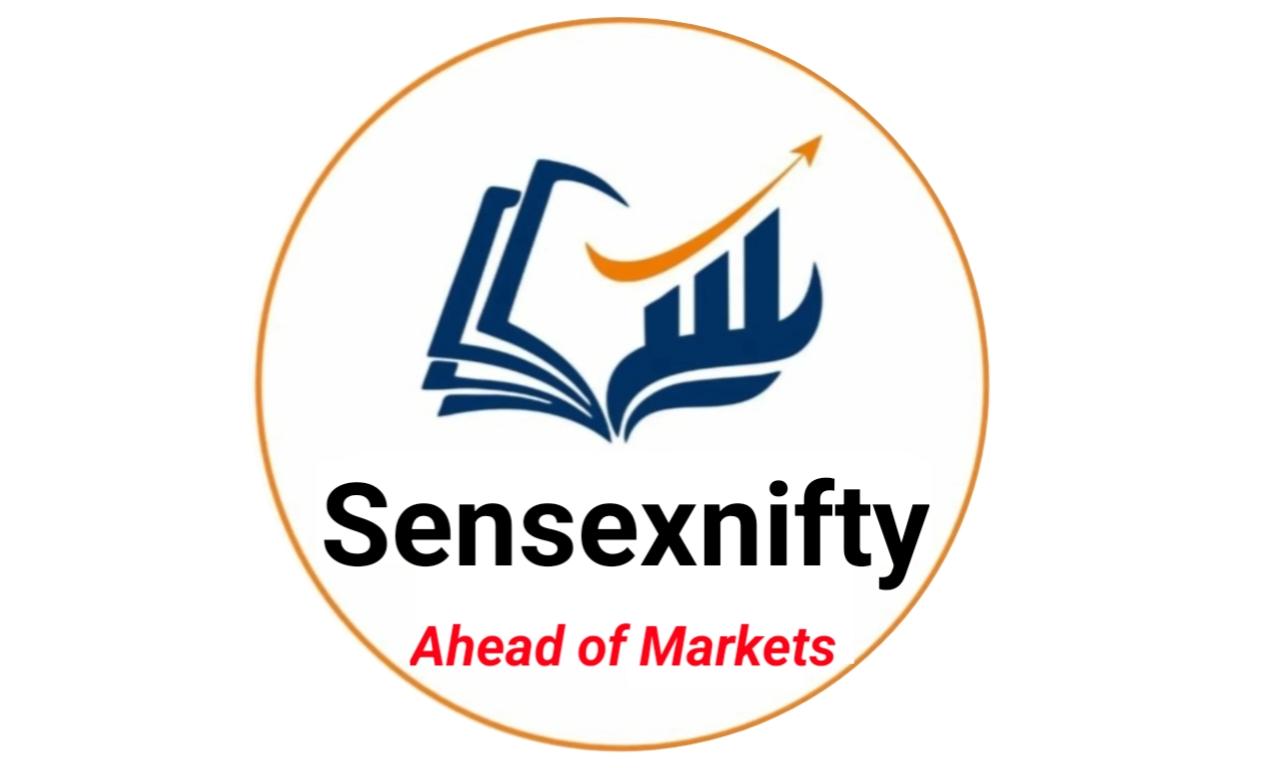
The US stock market faced a sharp decline on Friday as fresh economic data fueled investor concerns over slowing growth and persistent inflation. The Dow Jones Industrial Average plunged by 748 points, marking a significant sell-off amid rising worries of stagflation.
Market Impact and Key Indicators:The downturn was driven by troubling economic indicators. The S&P Global U.S. Services Purchasing Managers’ Index (PMI) fell to 49.7, marking a 25-month low and slipping below the crucial 50 threshold, indicating contraction in business activity. Additionally, the University of Michigan’s Consumer Sentiment Index dropped to 64.7 in February, reflecting a nearly 10% decline and exceeding market expectations for a smaller decrease
$927 Billion Wiped Out in Worst Trading Day of 2025:The stock market suffered a massive loss of $927 billion, making it the worst trading day of the year. This significant downturn has heightened investor anxiety and added to growing economic uncertainties.
Tech Giants Take a Hit:The technology sector experienced steep losses, with major companies facing significant declines. Microsoft (MSFT) dropped 1.90%, Google (GOOGL) fell 2.65%, and Nvidia (NVDA) plummeted 4.05%. Other major tech firms, including Meta (-1.62%), Oracle (-4.65%), and Broadcom (-3.56%), also suffered heavy losses. The downturn in the tech sector reflects broader concerns over slowing economic growth and potential interest rate impacts on high-growth industries.
Major Stocks Under Pressure:Retail giant Walmart saw its shares fall 2.5%, extending its two-day decline after the company issued a weaker-than-expected earnings forecast. This raised concerns about consumer spending trends amid economic uncertainty.
Stagflation Fears Weigh on Investors:The latest data has intensified fears that the US economy could be heading toward stagflation—a period characterized by slow growth and persistently high inflation. Investors worry that the Federal Reserve’s monetary policy may not be enough to curb inflation without further dampening economic growth.
With growing uncertainty surrounding the economic outlook, analysts caution that market volatility may persist in the coming weeks as investors assess future policy moves and corporate earnings reports.
Disclaimer: This article is for informational purposes only and does not constitute financial advice. Readers are encouraged to conduct their own research or consult with a financial professional before making investment decisions.




